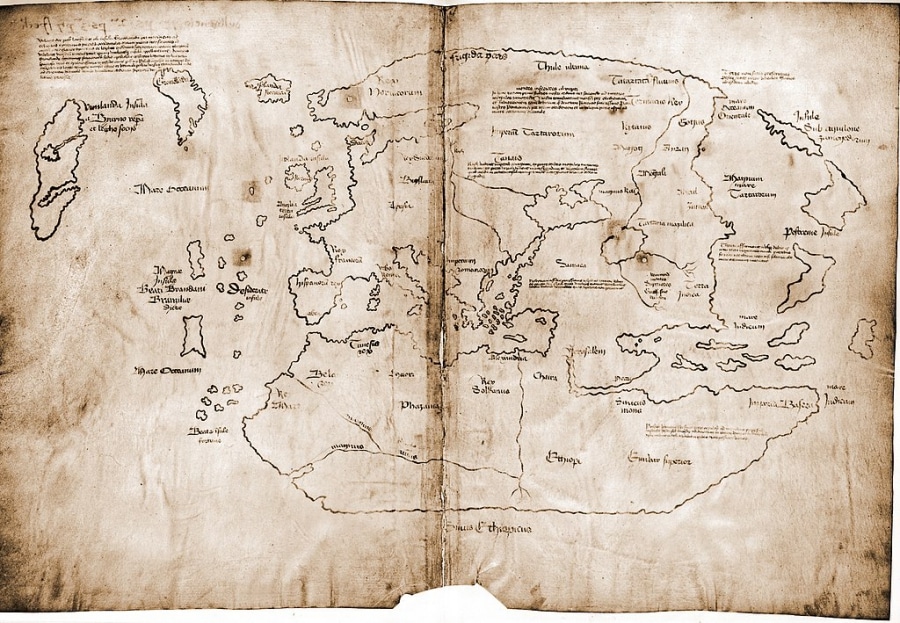American historian Nick Wilding has discovered that Galileo Galilei’s manuscript from the University of Michigan library is a forgery. It is believed to have been made by the famous forger Tobias Nicotra in the 1930s. This was reported in a press release from the University of Michigan. For nearly a century, the University of Michigan Library has held a one-page document attributed to the famous Italian physicist and astronomer Galileo Galilei. The manuscript first became known in 1934, when artifacts collected by a wealthy collector of manuscripts and old books were put up for auction. It then states that the authenticity of Galileo’s manuscript was established by the Italian cardinal and archbishop of Pisa, Pietro Maffi, who lived 1858 – 1931. University of Michigan In 1938, the manuscript was donated to the University of Michigan. The text of this manuscript consists of two parts. In the first, on behalf of Galileo, the Doge of Venice was informed about a newly built telescope. The second contains notes on observations of Jupiter and its moons. The original letter to the Doge is preserved in the State Archives of Venice.
American historian Nick Wilding of the University of Georgia, who gained notoriety after the discovery of a fake copy of Galileo Galilei’s Siderei Nuncius, has been working on a new book about the Italian physicist. He became interested in a draft of the scientist’s letter, which is kept in the library of the University of Michigan, so he approached the curator of the library, Pablo Alvarez, expressing doubts about the authenticity of the document. Wilding drew attention to the fact that the watermark on the paper contained the monograms of its manufacturer – AS, and the place of production – BMO. The latter monogram indicates the Italian city of Bergamo, but scholars are not aware of any other documents with such a watermark written before 1770 (Galileo died in 1642). The historian came to the conclusion that the preserved manuscript of Galileo is a forgery from the 20th century (presumably from the 1930s), probably created by the famous forger Tobias Nicotra. An independent review by the University of Michigan confirmed Wilding’s conclusion. Last year, another forged historical document came to light.
Then scientists from Yale University proved that the Vineland map, presented as an ancient map of America before its discovery by Columbus, was a forgery made in the 20th century. (Vinland is the name given to North America by the Scandinavian peoples at the beginning of the 11th century – AD) Yale University Scientists found that the forgery was made on parchment from the 15th century, but all the lines and inscriptions on the map were made in ink , appeared at the beginning of the last century, which is clear from the traces of titanium. Vinland’s map, showing America as a large island west of Greenland, first appeared in a Geneva bookstore in 1957 and was soon acquired by an American benefactor for Yale University. The general public first learned about it from a book published in 1965. This happened shortly after the discovery of an 11th-century Viking settlement in Newfoundland, so scientists assumed that the pre-Columbian map was authentic and belonged to the Scandinavians.
Photo: Cristiano Banti / Public Domain












